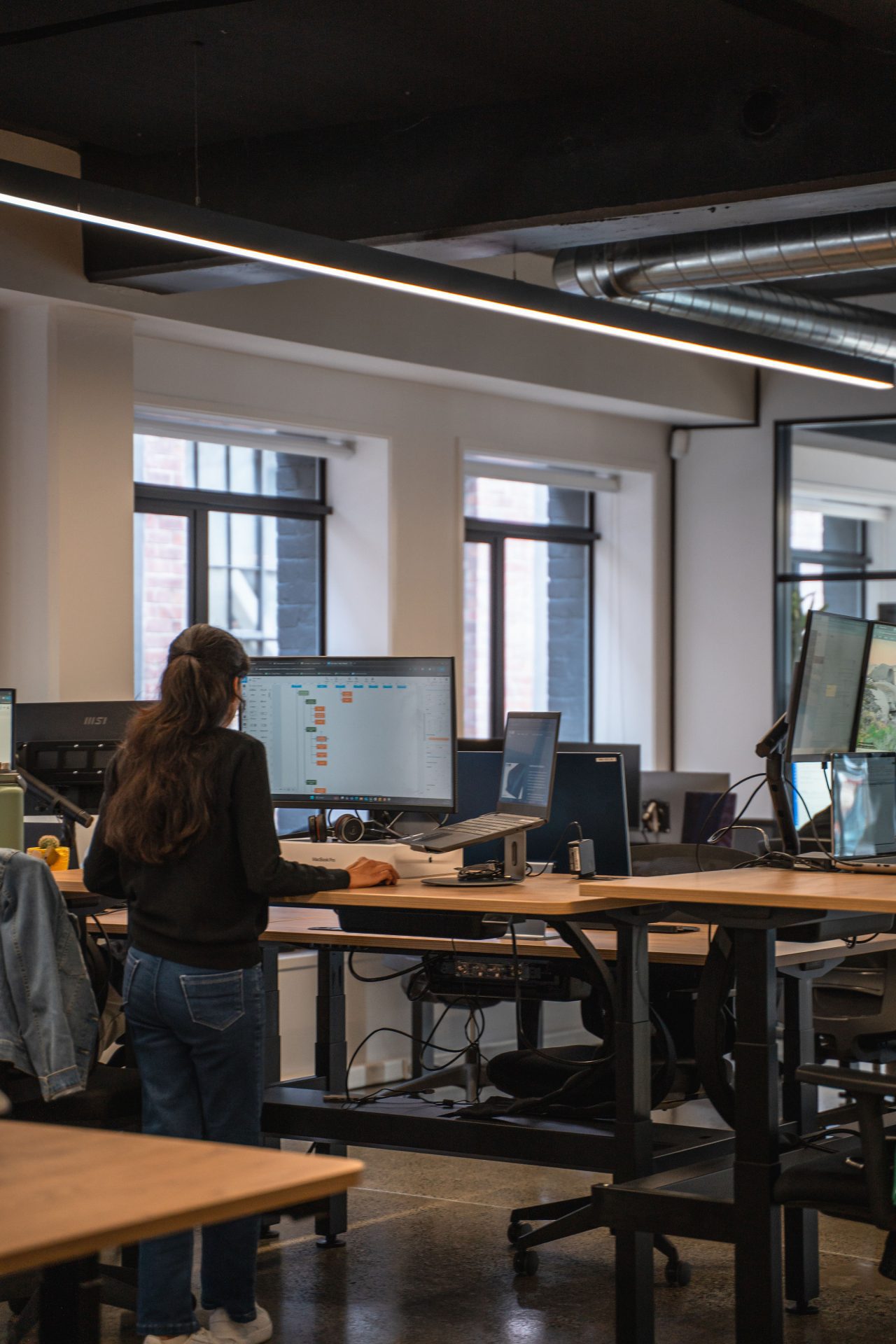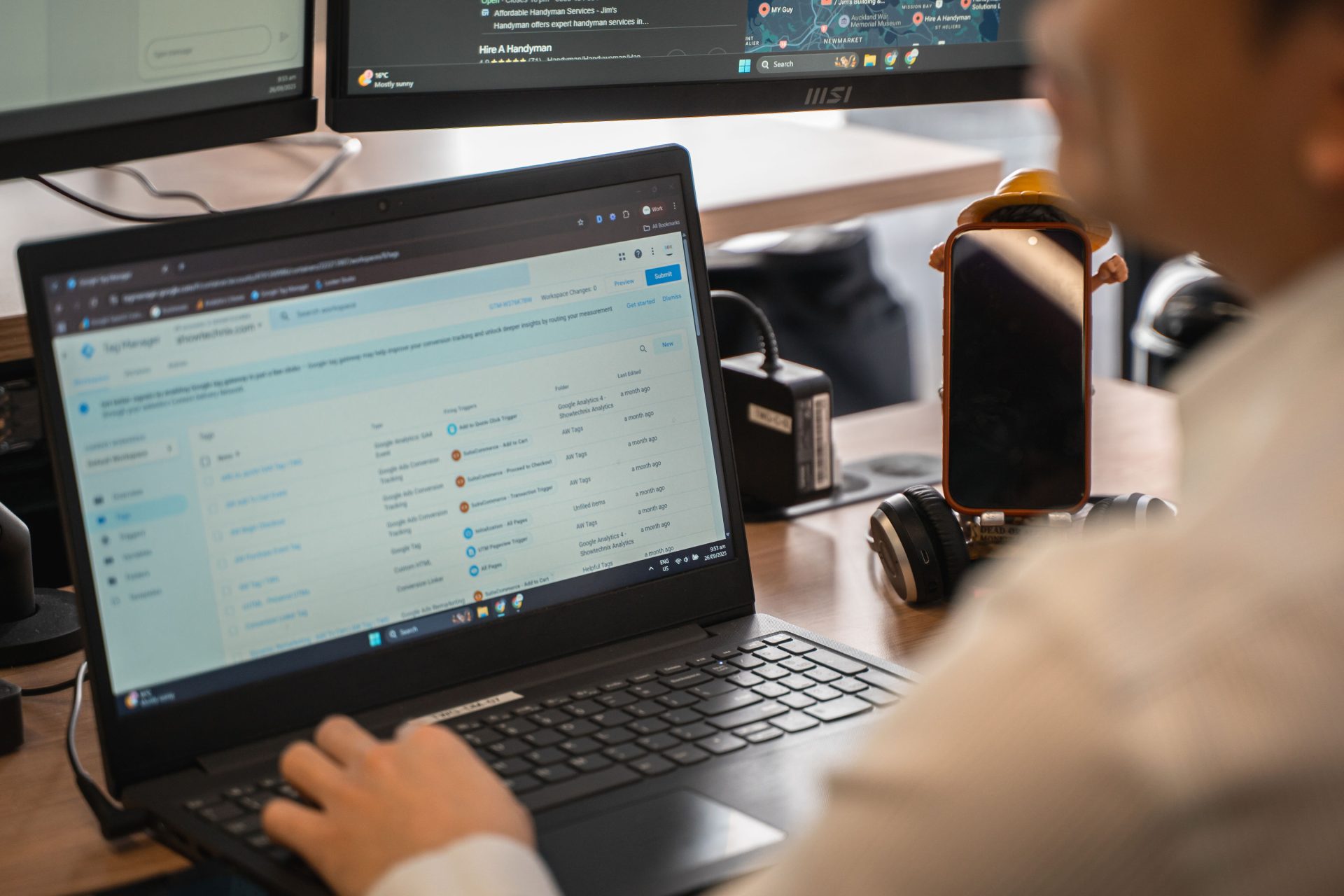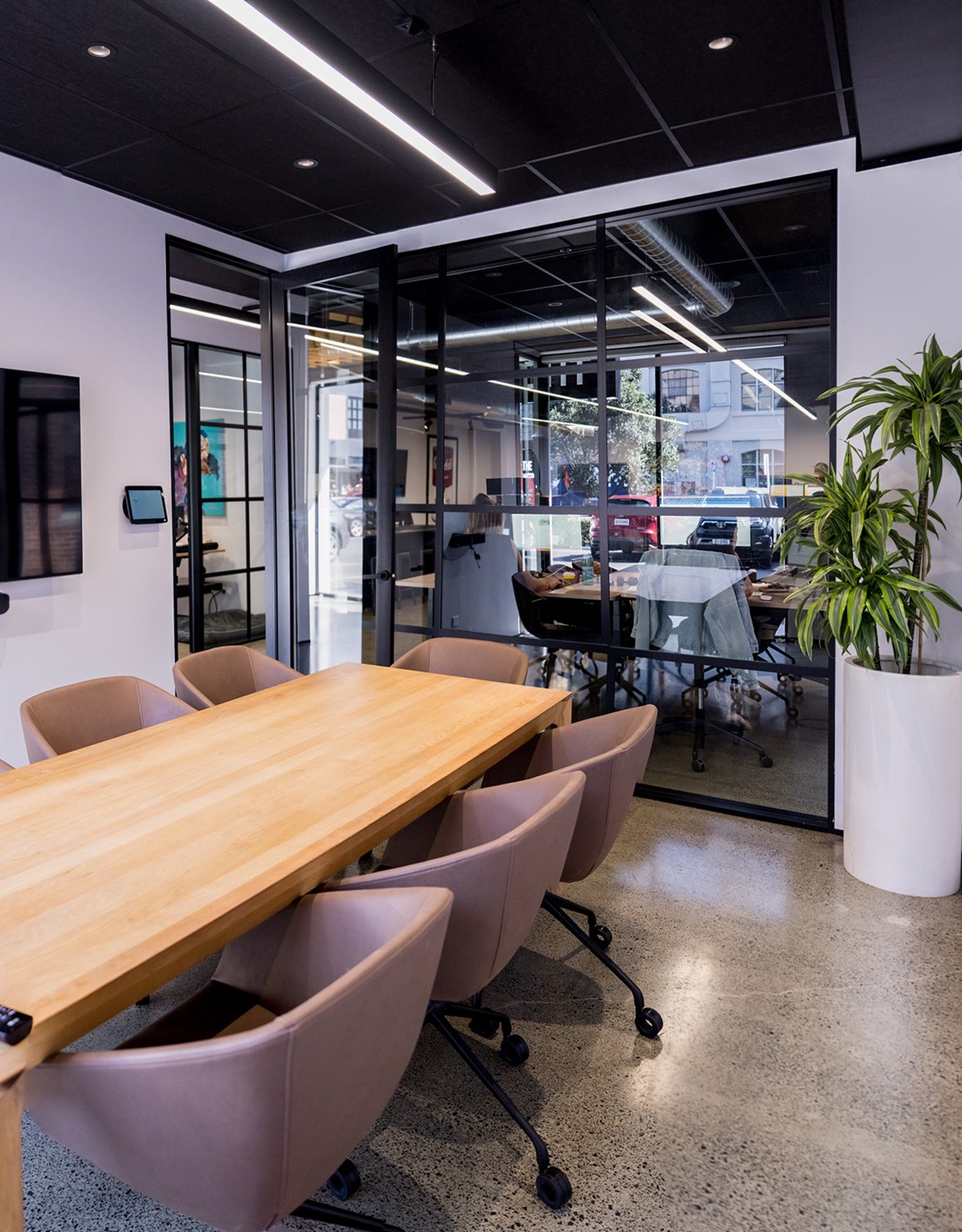Are potential customers leaving your website without engaging? Did you know that there are specific practices essential to web design for conversion? Around 90% of users will bounce if the design of your site is not optimised for User Experience (UX) and User Interface (UI), so this knowledge is vital to the success of your business.
You may have a fantastic product, provide five-star service, and genuinely care about offering your customers the best solution to their pain points. However, if your website doesn’t immediately show them who you are and lead them easily to conversion and sales points, none of that matters.
So, what is the solution? How can you avoid losing revenue and start positioning your business at the top of mind when people are looking for your product or service?
Here we will explore the practical steps you can take to ensure that your website design and your conversions go hand in hand. These steps include providing easy navigation, smart internal linking and optimising your speed and responsiveness. Read on to discover this and much more.
Are Web Design and Conversion Really Linked?
Heading to a website to find what you need can be likened to walking into a brick-and-mortar store. If you arrive at a shop and the layout is a shambles, there are no wayfinding signs, and the sales counter is not visible, you will likely head to a competitor. Your website needs to be clean, clear, quick, and immediately show your customer that you have what they need and how to find it.
We live in a culture where instant gratification is the expected standard, and this is especially true online. So, nailing down all the interlinking design and engagement specifics that make up the overall UX and UI of your website is paramount to your online success. And chances are, if you’re not succeeding online, you’re not succeeding at all. So the short answer here is, yes, they are definitely linked.
Elements of Web Design That Assist Conversion
If you want your website to garner the right kind of attention and connect with your customers, you need to use a professional design and development team. Find one that understands how to execute all these elements and fit them together properly for optimal results.
Here are some of the vital elements that will need to be addressed to increase your engagement rates:
User-Friendly Navigation
Browsers arrive at your site with different levels of skill when it comes to online navigation, so it is crucial to position your navigation to target the least agile browser. This means logical layouts, clear menus that are easy to find and internal linking that helps them get where they need to go without frustration. You should also consider accessibility here, as browsers may be dealing with visual or hearing impairments or other ability challenges.
Mobile-Friendly Design
Often referred to as responsive design, this is one of the most crucial elements to master if you want your web design to drive engagement and sales. Responsive design automatically scales your images, content and other on-page elements to fit the screen that your customer is using. Being that around 95% of searches are now carried out on a mobile phone, if you fall over here, you are definitely shutting yourself out of the game.
Loading Times
As we said earlier, instant gratification is the standard expectation, and nothing gets browsers bouncing faster than slow load times for your Landing Pages. Site optimisation for speed is dependent on a range of factors, including the format of your images, coding quality and the amount and quality of widgets and plugins your developer has added to your site to access particular functionalities. This requires an expert eye to optimise, and it’s not a set-and-forget action; you need a reliable, professional host to monitor your speed at regular intervals and adjust accordingly.
Compelling Calls to Action (CTAs)
Your CTAs should be on brand, properly placed, and you need a certain ratio of calls-to-action to content. There is a logical progression that should be followed in terms of urgency, and you should opt for visually distinct features, including buttons that are designed to carry forward your brand identity and complement the overall design of your website. On-page SEO needs to be factored in here as well, since your CTA text contributes to your optimisation score.
Quality Images
The importance of utilising a digital marketing team to help produce and select your images and any videos you embed on your site should not be underestimated. Images that are blurry, the wrong size or slow to load should be avoided at all costs. You can drag down the aesthetic of your site and convey the message to your customers that you are not invested in quality by neglecting it here. Images should be responsive and accompanied by relevant text. Additionally, using images that link to highlighted products and services helps keep customers engaged and encourages them to spend more time browsing.
Brand Consistency
Your website may be the primary point of contact for your customers, and for some businesses, it will be the sole point of contact. This presents a great opportunity to craft a cohesive and clear brand story. This will include your logo, your colour palette, a font that reflects your style, and written content and images that clearly illustrate your unique selling point and how you will satisfy your customers’ search intent. Growing brand recognition is essential to return business, so ensuring your website conveys who you are and guides your browsers on a streamlined journey to your forms and point of sale is paramount.
White Space
You know that feeling when you enter a store and the shelves appear to be closing in on you? They may be too close together, too full or formatted in ways that make it hard for you to move around or find what you need easily. The same principle applies online. You can’t expect browsers to enjoy visiting you online if your site is cluttered, if there are too many elements too close together, or lots of unnecessary or irrelevant images and information crammed onto your pages. White space used effectively enhances readability, helps people focus on your carefully chosen content, and makes it easy to identify your CTAs and navigation.
- ‘White Space’ doesn’t necessarily have to be white; it’s just a term to describe the spaces between the on-page elements on your pages.
Learn More About Web Design that Drives Conversions
If you’re finding that visitors are leaving your website without taking action, it’s time to evaluate whether your design is truly working for you. With nearly 90% of users bouncing from sites that aren’t optimised for UX and UI, it’s clear that good design isn’t just about looks; it is about functionality, clarity, and conversion. Even the best products and services can be overlooked if your website doesn’t communicate your value and guide users effortlessly to take the next step.
Ready for a high-converting digital presence? Get a free, no-obligation website audit and drive traffic to your site by applying expert design and development principles. At The Web Guys, we don’t just build websites, we create online experiences.








